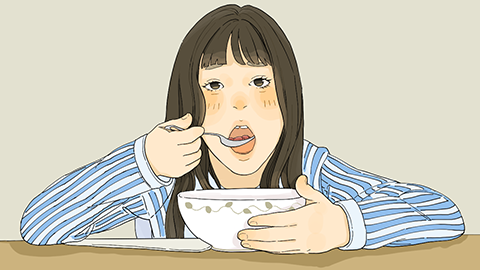Can childhood leukemia be cured?
Childhood leukemia can be cured when it is a low-risk type, detected early, and responsive to treatment. However, it is difficult to cure when it is high-risk, diagnosed at an advanced stage, or shows poor treatment response. The specific outcome depends on factors such as the type of leukemia, the stage of the disease, and treatment response. If any abnormalities are noticed, prompt medical attention is advised. Detailed analysis is as follows:

If it is low-risk acute lymphoblastic leukemia and detected early, with the child having good physical condition and no severe complications, many children can achieve long-term disease remission or even clinical cure through standardized chemotherapy, combined with close monitoring of the condition and timely adjustments to the treatment plan. Their subsequent growth and development are generally not significantly affected.
However, for high-risk leukemia, such as certain types of acute myeloid leukemia, or cases diagnosed at an advanced stage with widespread cancer cell dissemination, severe infections, or multiple organ failure, the prognosis is poor. If the child is intolerant to chemotherapy drugs during treatment or frequently experiences severe adverse reactions, the chances of cure are slim, and the survival outlook is grim.
If a child exhibits unexplained symptoms such as fever, anemia, or bleeding, immediate medical evaluation is necessary. Once leukemia is diagnosed, it is crucial to strictly follow the treatment plan and fully cooperate with medical staff in providing proper care.





